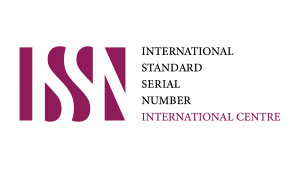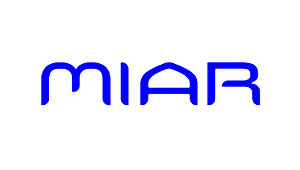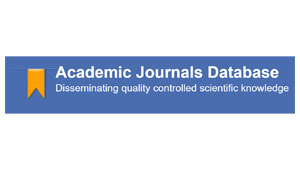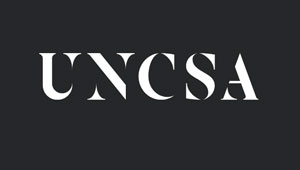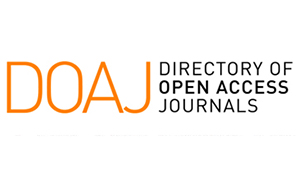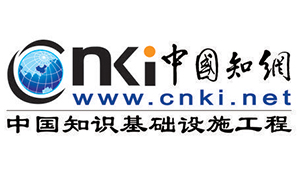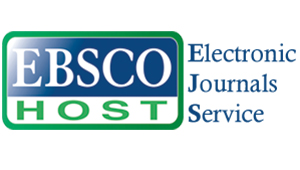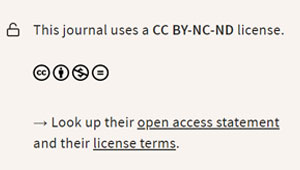Félix Ernesto Castro Castillo
DOI: 10.59427/rcli/2023/v23cs.518-523
The human body is imaged through advanced technology with diagnostic tools that can identify many diseases; For this reason, it is necessary that the admission processes start from referrals from primary care with the implementation of support systems for clinical decisions towards the quality of care for a specific patient to receive the service. The management of health services for prevention and medical care close to the first level of attention to access to images, X-Rays, Computed Tomography (CT) and Magnetic Resonance (MR), part of the description of the problematic reality in the Ancash region, the Ministry of Health and the Municipalities, have not managed to optimize the capacity of attention in the health establishments closest to a certain population. Health posts and medical centers have inadequate infrastructure and equipment, especially for requests from referring physicians for diagnostic imaging consultations. The precariousness is more of the public management than the budgetary one, an obstacle to undertake the achievement of the gap reduction goals and therefore, the attention to the poorest patients can hardly afford their attention due to their residences in very distant geographical distances. The principle of this article is to provide a framework regarding management in order to optimize integrated image access and delivery services by service levels in health systems from interdisciplinary professionals, patients and especially low-income families. Finally, to find out if there is a large gap in access to image resources and how their services could be improved.
Pág 518-523, 07 Jun

